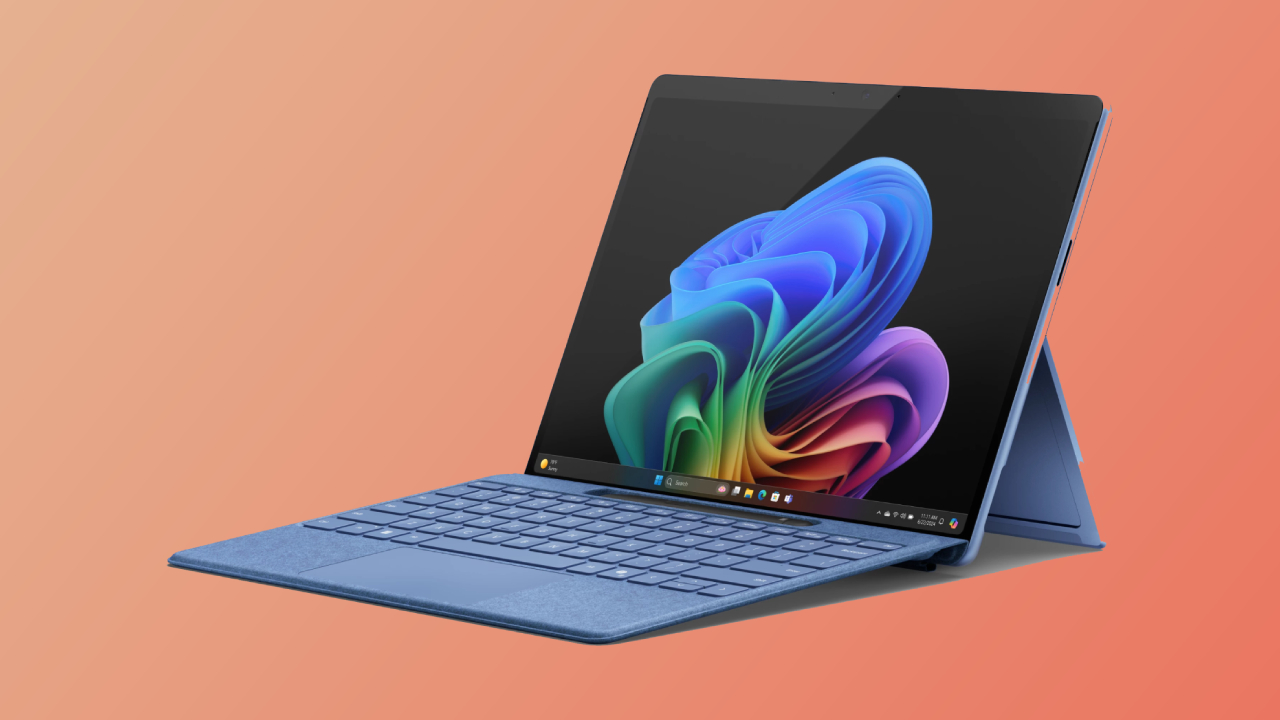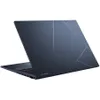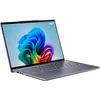Microsoft's Copilot+ PC crushes Intel Meteor Lake and MacBook Pro in a key area
Snapdragon X Elite delivers in spades

Copilot+ laptops have entered Laptop Mag's hands, and after extensive tests gauging performance and battery life, we've seen these devices perform admirably with Qualcomm's new wave of Snapdragon X processors.
The Microsoft Surface Pro differs from similar Copilot+ PCs in that it's not built with a deck, and you must purchase its detachable keyboard separately. Unless you spend $279 on the base Surface Pro Keyboard or $449 on the Surface Pro Flex Keyboard, it's a tablet.
This is on top of the model we've tested, which has a Snapdragon X Elite (12-core) processor for $1,499 at Microsoft.
While this does mean it'll cost extra, the Surface Pro benefits from an ultralight and slim design. Its base tablet weighs only 1.97 pounds and is only 0.4 inches thick, which is phenomenally light.
Even with the .75-pound and 11.4 x 8.7 x 0.2-inch Flex Keyboard attached, it weighs only 2.7 pounds and is 0.6 inches thick.
These new Snapdragon X processors have already proven to be powerful on their own, and we've seen how they're a huge boon to battery life. But how does their performance compare to Apple Silicon and Intel Meteor Lake processors?
Microsoft Surface Pro (11th Edition): Geekbench 6
On the Geekbench 6 overall performance test, the Surface Pro achieved a multi-core score of 14,432, significantly better than the 10,161 mainstream laptop average.
Stay in the know with Laptop Mag
Get our in-depth reviews, helpful tips, great deals, and the biggest news stories delivered to your inbox.
Compared to a similarly priced 2-in-1 laptop with an Intel Ultra 7 155H Processor, the HP Spectre x360 16 (2024) multi-core score of 12,592 puts it behind the Surface Pro.
However, our tests show that Intel Meteor Lake processors generally cannot keep up. The Surface Pro still crushed an Intel Core Ultra 9 185H powered laptop like the Lenovo Yoga Pro 9i (12,141) in the Geekbench 6 performance test.
It even managed to keep up with the MacBook Pro 14 M3 Pro's multi-core score of 14,357. While the difference is marginal and won't be noticed practically, the Surface Pro's Snapdragon X 12-core X1E-80-100 still pulled ahead of Apple's M3 Pro chip.
| Row 0 - Cell 0 | Microsoft Surface Pro | MacBook Pro 14 M3 Pro | HP Spectre x360 16 | Lenovo Yoga Pro 9i |
| Geekbench 6 (Multi-core) | 14,432 | 14,357 | 12,592 | 12,141 |
| Geekbench 6 (Single-core) | 2,813 | 3,154 | 2,376 | 2,561 |
Microsoft Surface Pro (11th Edition): Handbrake
While the Surface Pro performed admirably on the Geekbench 6 performance test, it began to lose momentum on the Handbrake test. It converted a 4K video into 1080p in 5 minutes and 21 seconds. This is still solid and makes it faster than the category average of 7 minutes and 59 seconds, but most of its competitors did better.
The MacBook Pro did well with its conversion time of 4 minutes and 26 seconds, while the Yoga Pro 9i handled it in 3 minutes and 53 seconds, proving it takes no prisoners. The Spectre x360 is the only exception, with a slow 6 minutes and 43 seconds.
MacBook pulling ahead in first place is a result that has been consistent with other Copilot+ PCs so far. For example, the Samsung Galaxy Book 4 Edge's high-end Snapdragon X Elite X1E-84-100 processor yielded a 4-minute and 59-second conversion time.
While we'll have to perform additional tests to confirm, Apple Silicon seems better at handling this type of task than Qualcomm's Snapdragon X Elite.
| Row 0 - Cell 0 | Microsoft Surface Pro | MacBook Pro 14 M3 Pro | HP Spectre x360 16 | Lenovo Yoga Pro 9i | Samsung Galaxy Book 4 Edge |
| Handbrake 1.7 | 5:21 | 4:26 | 6:43 | 3:53 | 4:59 |
Microsoft Surface Pro (11th Edition): Gaming
While the Surface Pro is not a gaming laptop, we put it through Sid Meier's Civilization VI: Gathering Storm at 1080p to see how it manages with its Qualcomm Adreno integrated graphics. Its average of 21 frames per second is expected of an integrated GPU, with the mainstream laptop's average of 44 fps.
The MacBook Pro's 54 frames per second easily blows past the Adreno-powered Surface Pro as do the Intel Meteor Lake laptops. Intel Core Ultra 7 155H laptops like the Lenovo Slim 7i (41 fps) and Acer Swift Go 14 (36 fps) suggest that Snapdragon X Elite isn't particularly suited for gaming compared to Intel's integrated graphics.
| Row 0 - Cell 0 | Microsoft Surface Pro | MacBook Pro 14 M3 Pro | Lenovo Slim 7i | Acer Swift Go 14 |
| Sid Meier's Civilization VI: Gathering Storm | 21 fps | 54 fps | 41 fps | 36 fps |
Bottom line
The Microsoft Surface Pro proved that the latest Copilot+ PCs powered by Snapdragon X can significantly outperform competition from Apple and Intel in some key areas. While it's seemingly worse at gaming, its Geekbench 6 performance scores put it ahead of Intel in most tests—even proving it can rival Apple's M3 Pro chip.
We won't know for sure how it holds up overall until we publish a full review, but it's clear that Copilot+ PCs powered by Snapdragon X Elite processors are proving to be a competitive new contender in the laptop market.
MORE FROM LAPTOP MAG
- HP’s first Copilot+ PC smashes MacBook Air battery life — here’s the results
- In a battle of Qualcomm's Snapdragon X Elite chips, is there a clear winner?
- What your gaming laptop needs to become a makeshift desktop PC

Self-described art critic and unabashedly pretentious, Claire finds joy in impassioned ramblings about her closeness to video games. She has a bachelor’s degree in Journalism & Media Studies from Brooklyn College and five years of experience in entertainment journalism. Claire is a stalwart defender of the importance found in subjectivity and spends most days overwhelmed with excitement for the past, present and future of gaming. When she isn't writing or playing Dark Souls, she can be found eating chicken fettuccine alfredo and watching anime.










